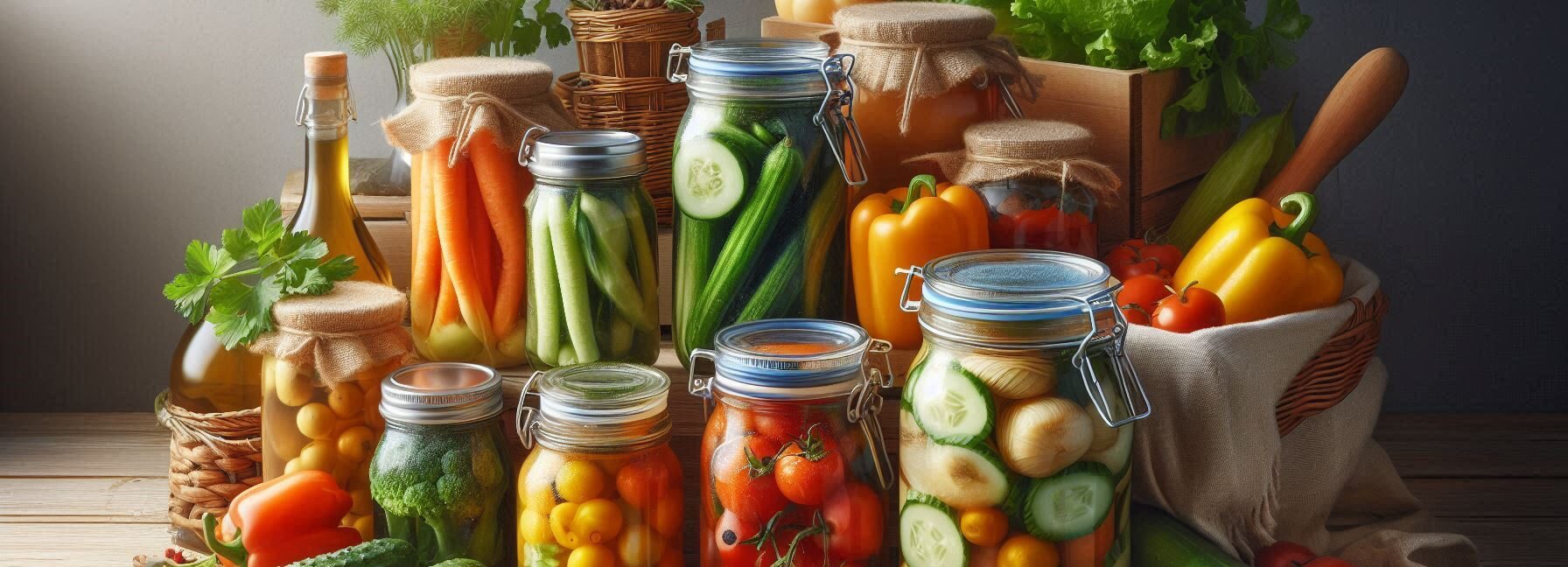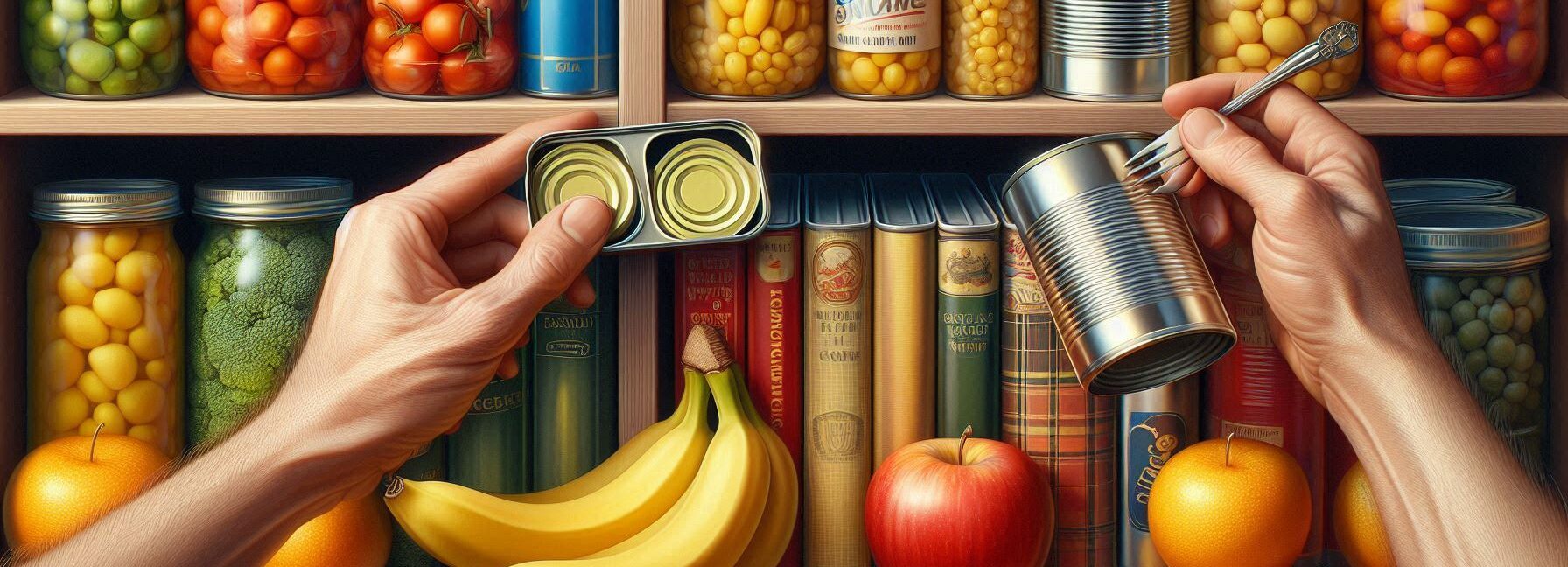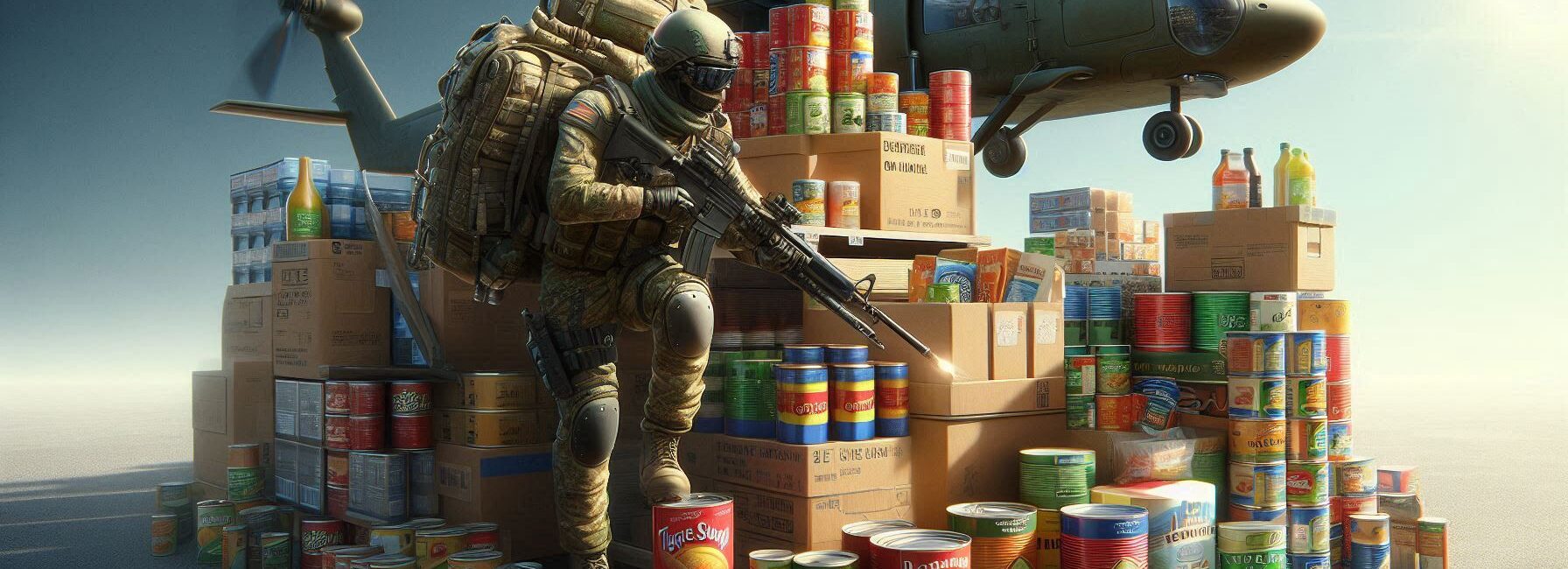Please Note: This post may contain affiliate links. If you click one of them, we may receive a commission at no extra cost to you. As an Amazon Associate, I earn from qualifying purchases.
Last Updated on November 2, 2025 by Kevin Collier

Top Takeaways and Key Concepts
– Use food-grade storage containers to ensure water safety and quality.
– Store water in a cool, dark place to prevent contamination and algae growth.
– Rotate stored water every six months to maintain freshness and quality.
– Label containers with the storage date for easy tracking and management.
– Consider using water purification tablets or filters for added safety during emergencies.
Imagine this: you’re on a camping adventure, trees are all around, the birds singing. Then it hits you—uh-oh, the water’s gone! Panic, right? Your mind races. You think about that stream nearby and maybe gulping down some water. But wait—yikes! That could lead to some really, um, uncomfortable bathroom breaks later.
That’s why knowing how to store water is super important. It’s like having a treasure chest for your thirst. You don’t want to run into a dry patch when you’re out there enjoying nature. Plus, remember how hunger makes everything feel worse? Yeah, let’s avoid that drama too.
Start with containers. A big, strong water jug can be your best friend. You can also use clean soda bottles or tap water containers. Just make sure they’re really clean. It’s like washing your favorite snack bowl—gotta start with a good foundation!
Think about where you’re storing it. A cool, dark place is best. Sunlight can mess with the water. It’s like how snacks go stale when left out too long.
You can also add a splash of lemon juice or unscented bleach to the water. Sounds strange, huh? But it helps keep the water fresh for longer. Just a little bit. Like a secret ingredient for staying hydrated!
Consider how much water you’ll need. A good rule is about a gallon per person per day. Sounds like a lot, but it's really just a couple of big jugs. And don’t forget to check it every so often. It’s just like checking that the cookie jar is still full. Gotta keep an eye on those supplies!
When you’re out in the wilderness and need that refreshing sip, you’ll be ready. No panic, just calm sipping. Your adventure will keep flowing, and those beautiful moments in nature won’t be interrupted. 😊
Contents of This Page
*** Shop for Survival Gear - Tools - Kits ***
Survival Gear - Bags and Backpacks - Knives - Boots/Footwear - Communication
Outdoor Cooking - Gloves - Hydration - Dry Boxes - Water Filtration Systems
Tents - Sleeping Bags - First Aid Kits - Multi-Tools - Flashlights - Fire Starters
Navigation - Survival Food - Night Vision - Headlamps - Stun Guns - Binoculars
Understanding Your Water Needs: How Much Should You Store?
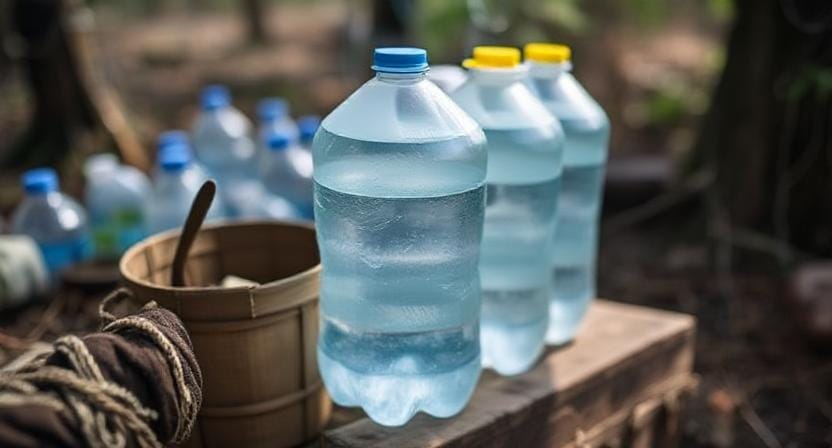
We need to talk about how much water you should actually have on hand. The general rule of thumb is to aim for one gallon per person per day.
Now, if you're like me and can’t resist a good cup of coffee or two (or three), then you might want to consider adding a bit more. After all, caffeine withdrawal isn’t pretty—trust me.
Let’s see… if you have a family of four and plan on being prepared for at least two weeks, that means you'll need 56 gallons! Yes, it sounds like enough water to fill up a kiddie pool—and let’s face it; nobody wants to swim in that pool after the kids have had their way with it. So, figuring out your needs is the first step toward avoiding an aquatic disaster.
Also, keep in mind special circumstances such as pets or babies who might require additional hydration. It’s not just about keeping humans alive; Fido deserves his share too!
Choosing Containers: What Works Best?
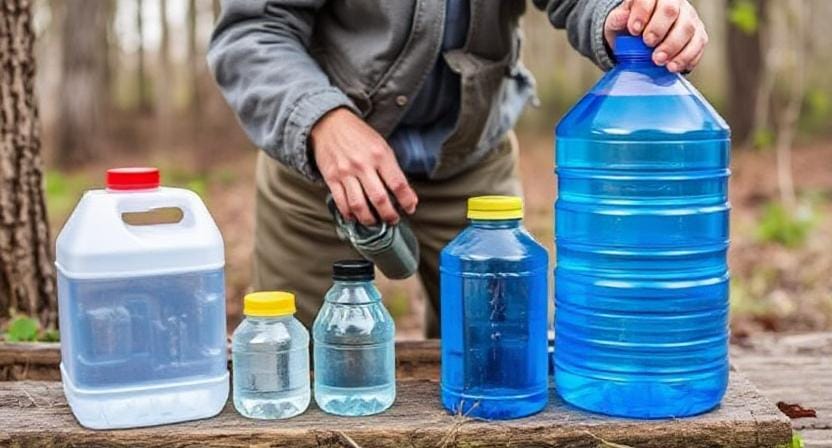
Now that we've established how much H2O we need, let's talk containers. By the way, don’t just reach for any old jug lying around your kitchen—it could end up tasting like last week’s spaghetti sauce! You’ll want food-grade containers specifically designed for long-term storage.
Plastic barrels are great options because they’re durable and hold large quantities—perfect if you live in an area prone to natural disasters (like hurricanes or tornadoes). Just remember not to use containers that previously held chemicals; unless you're aiming for a “unique” flavor experience during an emergency meal!
If you want to be fancy or only need a little amount of water, you can use glass or BPA-free plastic bottles. You can easily stack these and fit them into small spaces throughout your house, like under beds where dust bunnies like to hang out. And because we're talking about stacking…
Where Should You Keep It? Proper Storage Techniques
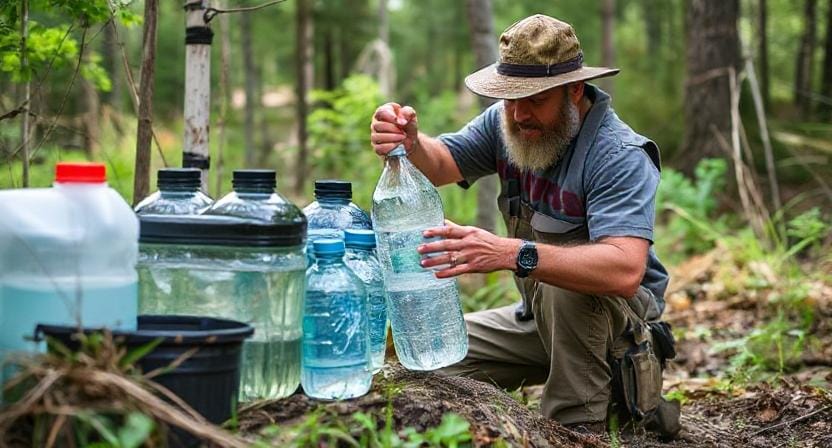
Now that your containers are full with valuable liquid gold, what do you do next? It's really important to find the perfect area to keep them! A cold, dark place away from sunshine, which can make things worse over time, is best.
Basements are great since they stay cooler than other parts of the house, but make sure there aren't any leaks or mildew that could destroy your carefully stored supplies! If you can't use a basement, a closet or utility room will work just as well.
It's interesting that you should think about not just where these containers are piled but also how high they are. Do you remember Newton's law? Nothing shouts “emergency” like being wet in spilled water while trying to grab something else off the shelf. Gravity likes to bring things down.
Regular Maintenance: Keeping Your Water Fresh
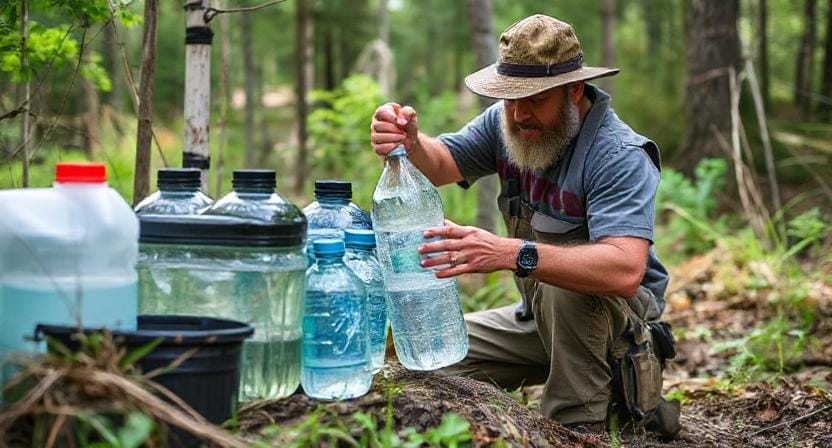
Now here comes perhaps my least favorite part: maintenance! Just because you've got all this stored water doesn’t mean you can forget about it until doomsday arrives (which hopefully never happens).
Every six months or so—mark it on your calendar like it's an important date—check those containers! Give them a little shake and inspect them closely; look out for leaks or signs of contamination. If you've been using plastic bottles long-term without rotation, it's best practice to replace them periodically too.
To be fair though—it doesn’t hurt taking a sip every once in awhile either (just make sure no one is watching!). This ensures freshness while giving you peace of mind knowing what you’ve got on hand will taste less like ancient artifacts come crunch time.
Alternative Water Sources: Beyond Storage
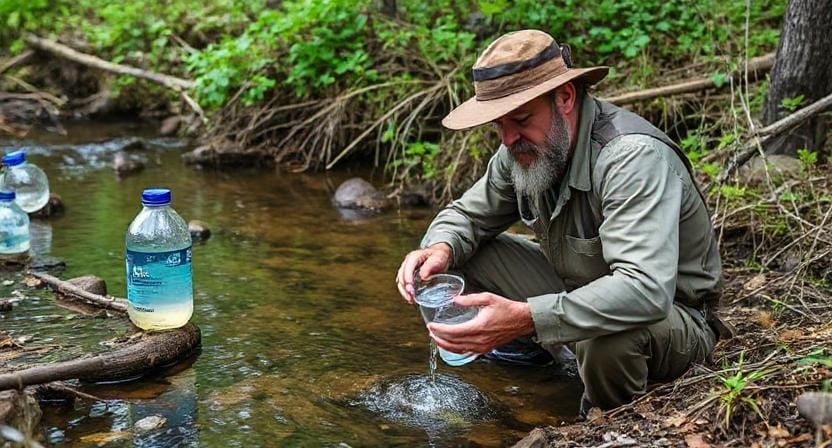
Okay folks, let’s get creative here! While having stored water is essential—it's always smart thinking ahead about alternative sources too. Rainwater collection systems can save the day when Mother Nature decides she wants everyone hydrated without relying solely on our prepped supplies.
By installing gutters leading into barrels outside your home (you know—the ones that seem perfect places for raccoons), you'll harness nature's bounty whenever rain hits!
But before diving headfirst into this endeavor—double-check local regulations regarding rainwater harvesting since laws vary widely across regions.
Another option? Consider purchasing portable filtration devices designed specifically for wilderness adventures—they're invaluable when hiking through remote areas where clean drinking sources may be scarce!
Conclusion: Stay Hydrated & Prepared!
Storing water? It’s so much more than just filling some old jugs and hoping for the best. Honestly, that’s like trying to build a treehouse with just a hammer—missing a lot of tools.
Planning is key. Think about where you’ll keep your water. You want it in clean, cool spots, not hiding in the back of a sunny cupboard. Those bottles need attention, like a beloved pet!
Check those supplies regularly. It's easy to forget, but fresh water is like a best friend—you have to make sure they’re still around. Give those jugs a little shake sometimes. If you hear sloshing, that’s a good sign! If things seem off, replace them. You wouldn't want to drink expired water. Yuck!
Creativity helps too. Use fun containers! Maybe a colorful backpack for easy carrying or a big barrel for easy access while camping. Just think outside the box—or jug, in this case.
When life throws those unexpected curveballs, and you need that refreshing drink, you’ll feel ready. You’ll think, “I’ve got this!” No worries about running dry or feeling parched. You’re not just surviving; you’re thriving.
Go forth, my brave water-bearers. With these tips in your toolkit, you’ll conquer anything!
Frequently Asked Questions
Why should I use food-grade containers to store emergency water?
Food-grade containers prevent chemical contamination and help keep water safer for long-term use.
Where should stored water be kept?
Water should be stored in a cool, dark space to avoid sunlight exposure, which can promote algae growth.
How often should stored water be rotated?
Stored water should be replaced or refreshed approximately every six months for best quality.
Why is labeling water containers important?
Date labels help track how long water has been stored and when it needs to be replaced.
How much emergency water should I store per person?
Plan on roughly one gallon of water per person per day for drinking and basic hygiene needs.
Are purification tablets or filters useful in emergencies?
Yes, they can add an extra layer of safety when using stored water or collecting water from questionable sources.
Can rainwater be used as an emergency water source?
Yes, rainwater can be collected and filtered, but always follow local laws and purification practices.
Suggested External Resources:
Water Storage Tips
https://www.ready.gov/water-storage
Emergency Water Supplies
https://www.redcross.org/get-help/how-to-prepare-for-emergencies/survival-kit/water.html
Rainwater Harvesting Guide
https://www.epa.gov/rainharvesting

Kevin Collier is a seasoned survivalist and expert in prepping and homesteading, contributing to WiseSurvive.com. With a deep-rooted passion for self-sufficiency and outdoor survival skills, Kevin shares practical advice, strategies, and resources to help individuals prepare for any challenge. His informative articles cover a range of topics, from essential survival techniques to sustainable living practices, empowering readers to thrive in any situation. Whether you're a novice or a seasoned prepper, Kevin's insights will inspire you to take charge of your readiness and build resilience for the future.

